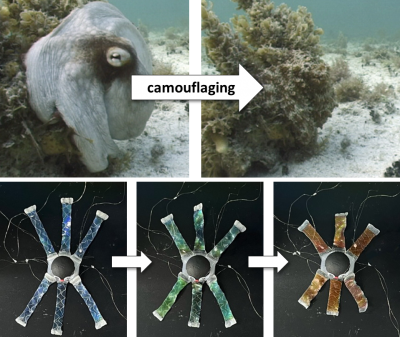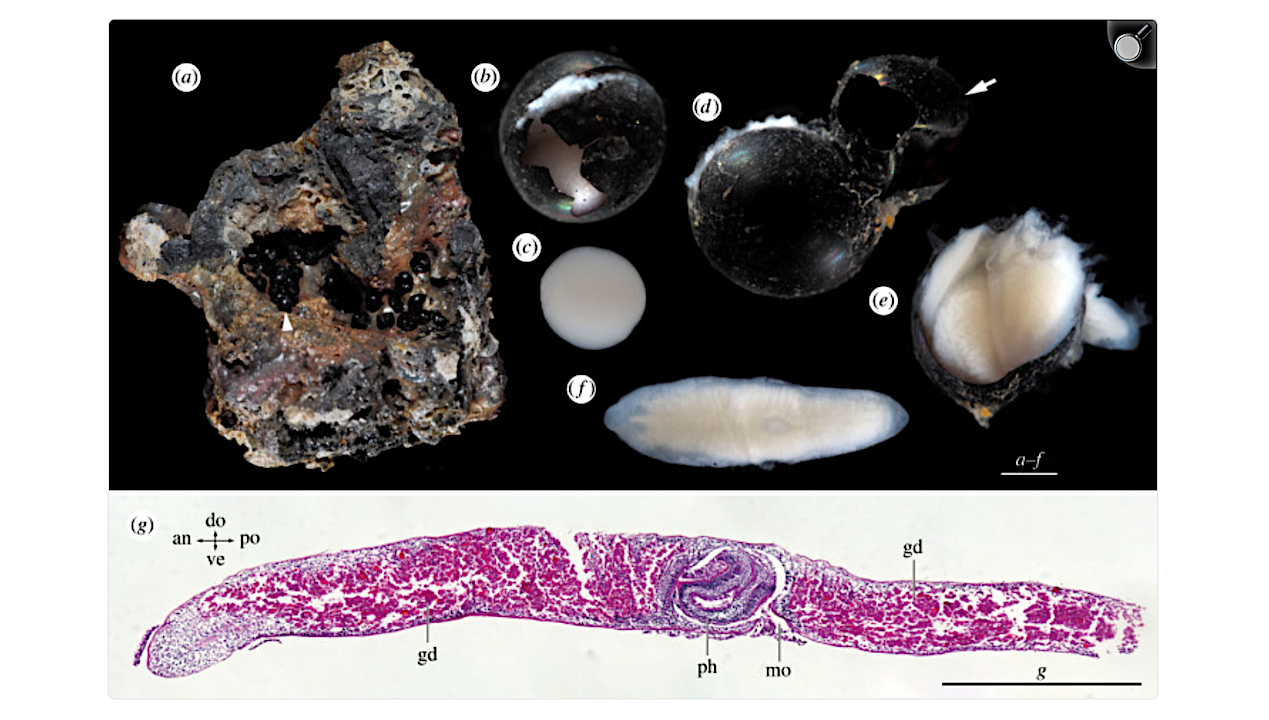Recent research has unveiled the presence of flatworm cocoons discovered at abyssal depths exceeding 6,000 meters in the Pacific Ocean. This groundbreaking study, conducted in the Kuril-Kamchatka Trench, marks a significant advancement in understanding the adaptability of life in extreme environments. Scientists collected rocks from depths of **6,176 to 6,200 meters**, revealing black, spherical egg capsules measuring approximately **3 millimeters** in diameter, each containing three to seven individuals in varying developmental stages.
The findings were published in *Biology Letters*, revealing that these flatworms belong to the suborder **Maricola** within **Tricladida**. Molecular phylogenetic analysis based on **18S and 28S rRNA sequences** indicated a possible colonization from shallower waters to the abyssal zone. This discovery not only represents the deepest record of free-living flatworms but also provides vital insights into their early life stages in an environment previously thought inhospitable to such complex organisms.
Adapting to Extreme Conditions
Understanding how life adapts to extreme conditions is crucial for future explorations beyond Earth. The study of these flatworms highlights that adaptations to abyssal environments may primarily involve physiological and ecological challenges rather than developmental ones. The similarities observed between the early life stages of these flatworms and their shallow-water counterparts suggest that fundamental biological processes may remain consistent, even under extreme pressure.
The research emphasizes the importance of studying life forms on Earth to inform future missions to icy moons like **Enceladus**, **Europa**, and **Ganymede**. As robotic exploration of these distant worlds advances, insights gained from organisms thriving in extreme Earth environments can guide scientists on what to look for in extraterrestrial ecosystems.
For researchers, this study opens new avenues in the field of astrobiology, providing a framework for understanding the potential for life in environments previously deemed uninhabitable. The discovery of flatworm cocoons at such great depths not only expands the known limits of life on Earth but also enriches the conversation about the possibilities of life on other planets.
This research serves as a reminder of the resilience of life and the endless possibilities for discovery that lie beneath the surface of our oceans. As we continue to explore the depths of our own planet, we gain invaluable knowledge that may one day help us navigate the challenges of exploring the cosmos.





































































